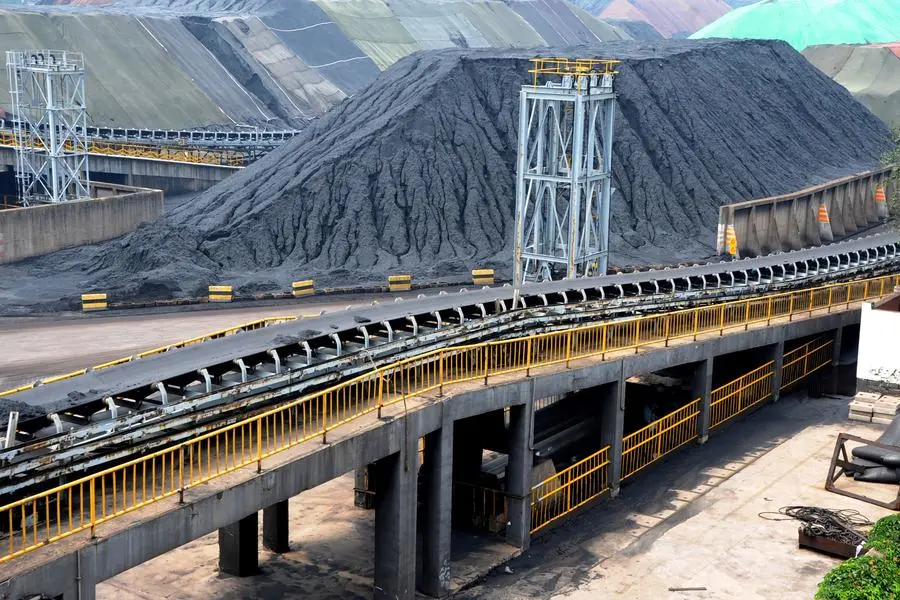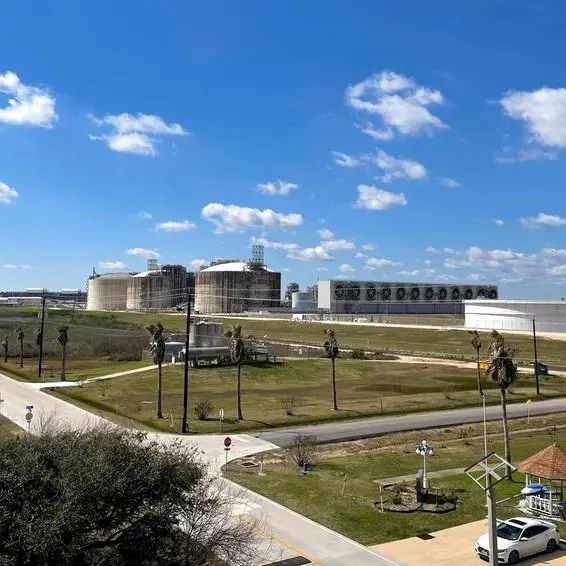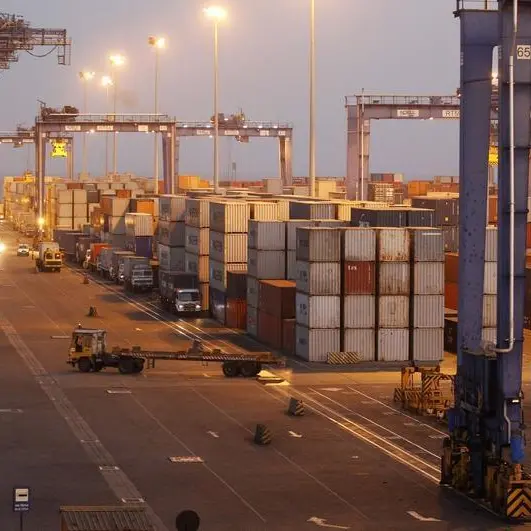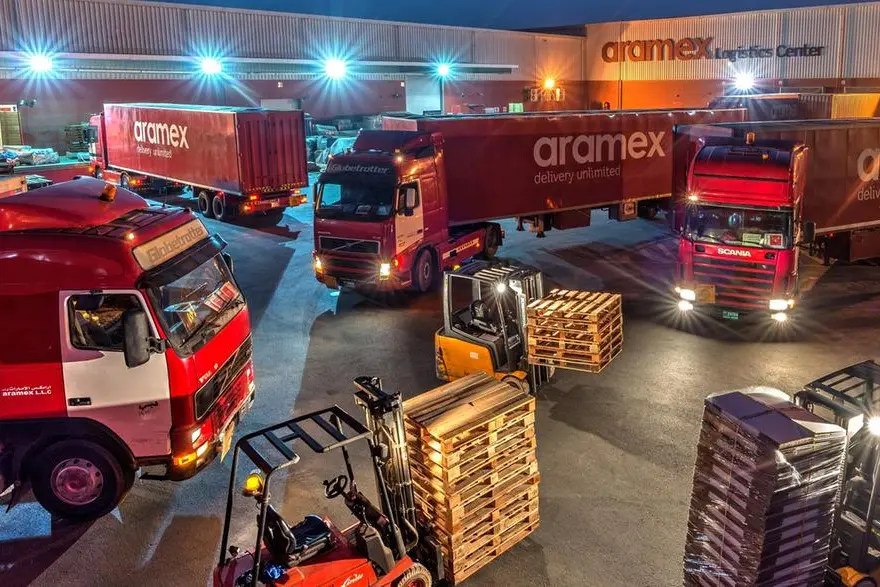PHOTO
FILE PHOTO: Piles of imported coal are seen at a coal terminal of a port in Lianyungang, Jiangsu province, China July 26, 2018. REUTERS/Stringer/File Photo
India has the second-largest clean power capacity development pipeline globally after China, with nearly 56,000 megawatts of new renewables, hydro and nuclear capacity under construction.
Clean energy sources account for two-thirds of the all the new power capacity under development in India, according to Global Energy Monitor (GEM) data, and will result in a 35% jump in total clean power supply potential once complete.
However, the country is also building 30,000 MW of new coal-fired capacity, which will preserve coal's status as India's primary power source even after the construction boom.
The enduring heavy dependence on coal within India's power system underscores the challenge facing fast-growing economies that need to increase energy supplies to households and businesses as cheaply and quickly as possible.
The expanded coal capacity will also further lift India's coal power emissions, which hit a new high in 2024 of over 1.2 billion metric tons of carbon dioxide (CO2), according to Ember.
GROWTH SPURT
The main driver of India's heavy coal reliance is the country's rapid energy demand growth, which has accelerated in line with its overall economy.
Since 2021, India's primary energy consumption has grown by an average of 7% a year, according to the Energy Institute.
That growth rate exceeded China's 5% pace and was more than twice the global average over the same period - resulting in regular bouts of strained power grids.
To fend off further power shortages, India's utilities and government have made massive investments in expanding total power supply capacity, with emphasis on growing clean energy production.
Indian power firms are currently constructing nearly 29,000 MW of solar, 6,300 MW of wind, 15,000 MW of hydro and nearly 6,000 MW of nuclear power capacity, GEM data shows.
In addition, the country has a further 35,000 MW of solar, 6,000 MW of wind, 45,000 MW of hydro and 26,000 MW of nuclear in so-called pre-construction, which is where project permits are being lined up ahead of groundbreaking.
All told, that is nearly 167,000 MW of clean power capacity in advanced planning stages in India, which exceeds the 166,000 MW of clean capacity at the same developmental stage in the United States, according to GEM.
What's more, once all current and pre-construction clean energy projects are completed, India's total clean power capacity could rise by more than 100% from current levels, to nearly 330,000 MW.
RISING TIDE LIFTS COAL TOO
While clean power capacity is set to grow sharply, India's larger fossil fuel power base is also set to expand.
In addition to the 30,000 MW of coal capacity under construction, Indian power firms have nearly 55,000 MW of coal capacity in pre-construction.
That cumulative development load stands to increase India's total coal-fired capacity to nearly 355,000 MW, which means that coal power will continue to account for over half of India's total power capacity even after planned projects are complete.
The larger overall coal footprint will in turn trigger even greater volumes of coal consumption by Indian power firms, which rely on locally-mined coal for around 75% of coal supplies.
The remaining coal volume requirements are fulfilled by imports, mainly from Indonesia.
Demand for both domestic supplies and imports looks set to swell sharply once current coal power projects are complete.
More than 20,000 MW of new coal power capacity is located within inland areas that are serviced mainly by local miners, while over 6,000 MW of new coal capacity is located on India's south and southeast coasts, which can be fed via imports.
That means that even though India's power firms can expect a large jump in clean power supplies over the coming years, coal will remain their main source of power generation for the foreseeable future. The opinions expressed here are those of the author, a market analyst for Reuters.
(Reporting By Gavin Maguire; Editing by Kim Coghill)























